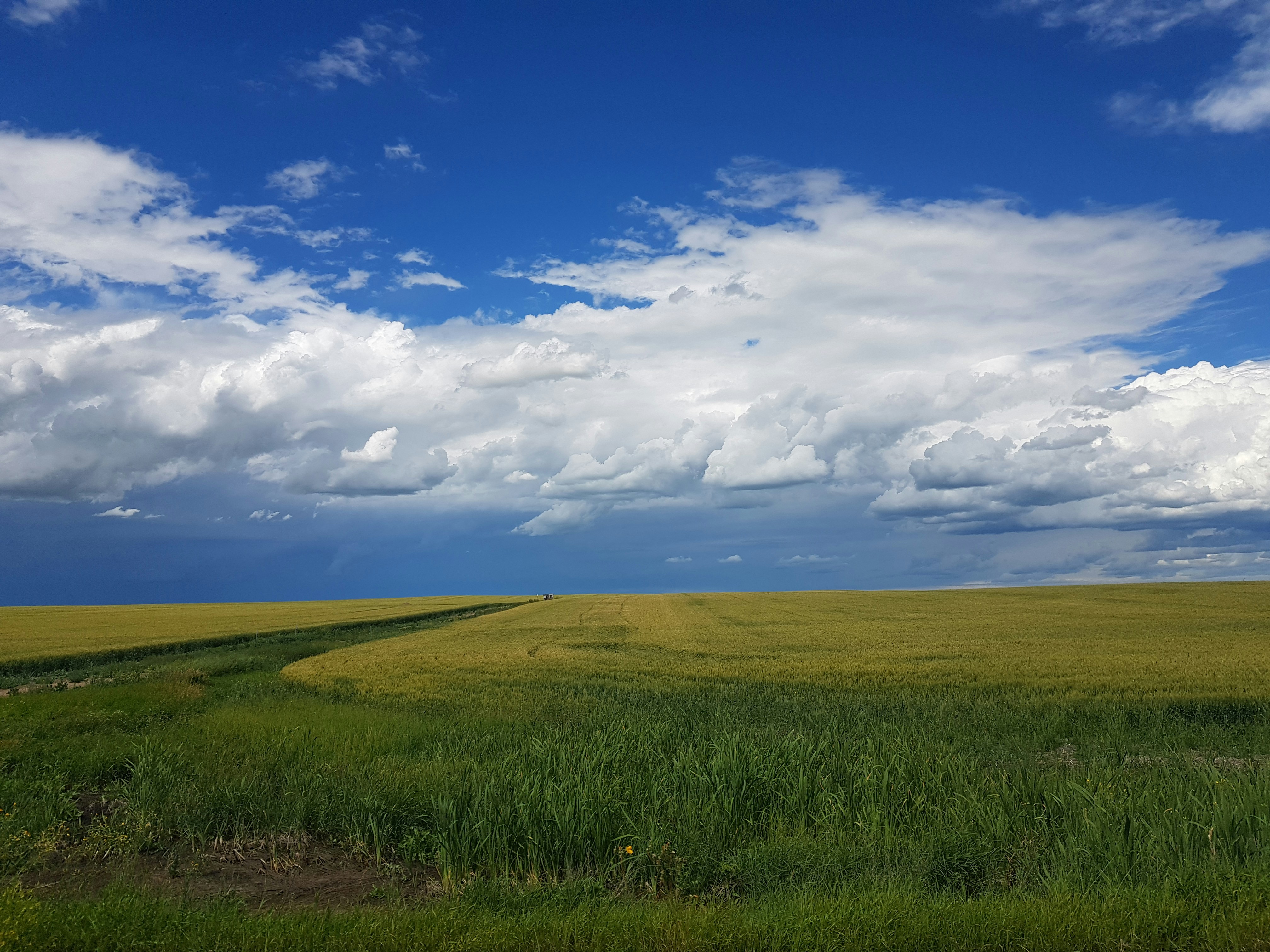Gerald McMaster: WAPATAH
Reviewing notes from Gerald McMaster's keynote presentation at the Prairie Art Network Institute 2025

Prairie Art Network Institute 2025. Gerald McMaster's keynote presentation explored how Indigenous visual knowledge, language, and cultural practices change the traditional framework of the western art world. McMaster is an Indigenous scholar of the Plains Cree and former director of the Wapatah Centre for Indigenous Visual Knowledge at OCAD.
Clement Greenberg encouraged artists to leave Regina. Artists resisted, refused to disengage with place based making.
Prairie + resistance central in local relationships
Indigenous creatives are reshaping approach to art practices
Activating + Unlearning
Local history is essential to interpretation
Clash of AI and progress when working towards inclusive and reassessed history
WAPATAH
Re-centering Indigenous Visual Knowledge
Relational Accountability
This requires walking alongside Indigenous colleagues, and creating ETHICAL spaces
These are not neutral acts / responsibilities
Indigenous knowledge as a starting point, not a supplement.
Re-imagining systems requires redefining its centre, not adding on. Art is in the same circle as stewardship
Re-imagining decolonization in museums requires a new approach / building from new perspectives. Cannot limit to just what fits in the established, colonial system
“Kanawaptahmowin,” the responsibility of seeing. “To see is to begin again.” McMaster asks how are ways of seeing defined by seeing, language, place, and community?
Visual Knowledge is never passive.
How does art carry memory?
Coyote: The spirit of boundary crossing, mischief, revealing, liberating, and questioning.
Coyote embodies an approach to visual knowledge systems. Embodies deconstructive visual practices, like Edward Poitras brings into his work.
His practice does not offer resolution. Does this show up in other (Indigenous) work? This theme came up again in the Creative Visions of the Land Panel.
Jason Baerg is a Plains Cree artist who is rethinking abstraction. Colonial abstraction is framed as rupture / self referential / autonomous
His work explores (meaning) and relation. The Indigenous approach is not detached. There are Mnemonic codes in bead flourishes, choices with meaning in Indigenous abstraction.
His work is futurist and plays with continuity. Abstraction for him holds and submits narrative. Indigenous abstraction is referential to community. Non-objective Indigenous painting represents something in the world.
Ruth Cuthand created the Trading Series, exploring the transmission of disease and microbial past through beadwork.
Indigenous knowledge holds systematically obscured history. (Art) re-animates the obscured, and the dispassionate gaze of medical science. Her work speaks to historical amnesia, the violence of systematic neglect, epistemological ideas.
Her work, Syphilis switches from beads to quill work instead. The shifting medium represents the question of syphilis’s source, and her desire to “name their own complex history.”
The material culture becomes a bearer of historical truth. They are de-colonial interventions, not decorative. “Mark the body, rather than adorn.”
Duane Linklater is an Omaskêko Ininiwak artist, who’s work explores the violence of language. McMaster discussed his sculptural piece, “I want to forget the English language.”
The work represents an epistemological shift rather than physical. Language, in relation to movement. The work reminds me of Vera Frenkel’s “... from the Transit Bar.” That work purposefully used language as a form of access and placed english in a non-central position in the work.
Western thinking / language as pervasive / invasive
The work rejects explaining. It requires understanding (of the context) to access. Again, calls back to Poitras’s choice to remove resolution, and Creative Visions of the Prairies panel. Redefining who the work is for, knowledge and access.